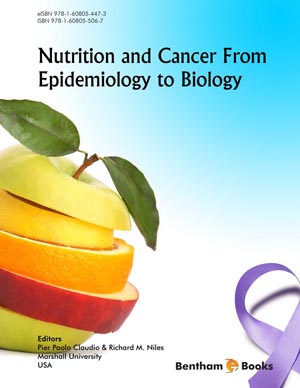Abstract
Vitamin A, the parent compound of retinoids, was first noted for its role in vision. However, discovery of the ability of retinoids to attenuate tumorigenesis gave rise to a new field of research dedicated to elucidating the mechanisms by which retinoids exhibited antitumor activity. Clinically used since the late 1960’s, retinoids comprise a family of structurally similar molecules that exhibit a variety of antitumor effects such as inhibiting cellular proliferation, as well as inducing apoptosis, cell cycle arrest, and differentiation. Much of the early work was strongly focused on signaling pathways influenced by retinoids binding to retinoic acid receptors (RARs). Nonetheless, recent data suggests also receptor-independent mechanisms such as changes in the redox balance within a cell and activation of transcription factors that do not bind the retinoic acid response element. Vitamin A is metabolized into various structural forms such as 9-cis retinoic acid (RA), 13-cis Retinioc Acid, and all-trans Retinioc Acid; additionally, synthetic retinoids have been demonstrated to elicit much of the same effects as the aforementioned endogenous retinoids. Acute promyelocytic leukemia (APL) was one of the first cancers to be successfully treated with 13-cis RA. Complications such as toxicity and drug resistance gave rise to clinical trials using all-trans Retinioc Acid and, although successful in most patients, a few drug resistant cell populations were discovered. Therefore, decades of research have been aimed to gain a better understanding of both receptor and, most recently, non-receptor mediated signaling pathways which may positively influence future strategies in treatment of various tumors.
Keywords: 13-cis Retinoic Acid, Isotretinoin, All-trans Retinoic Acid, Cancer, Diet, Differentiation, Food, MnSOD, Nutrition, Reactive Oxygen Species, Retinoic acid, Retinoids, Thiol, Vitamin A.






















